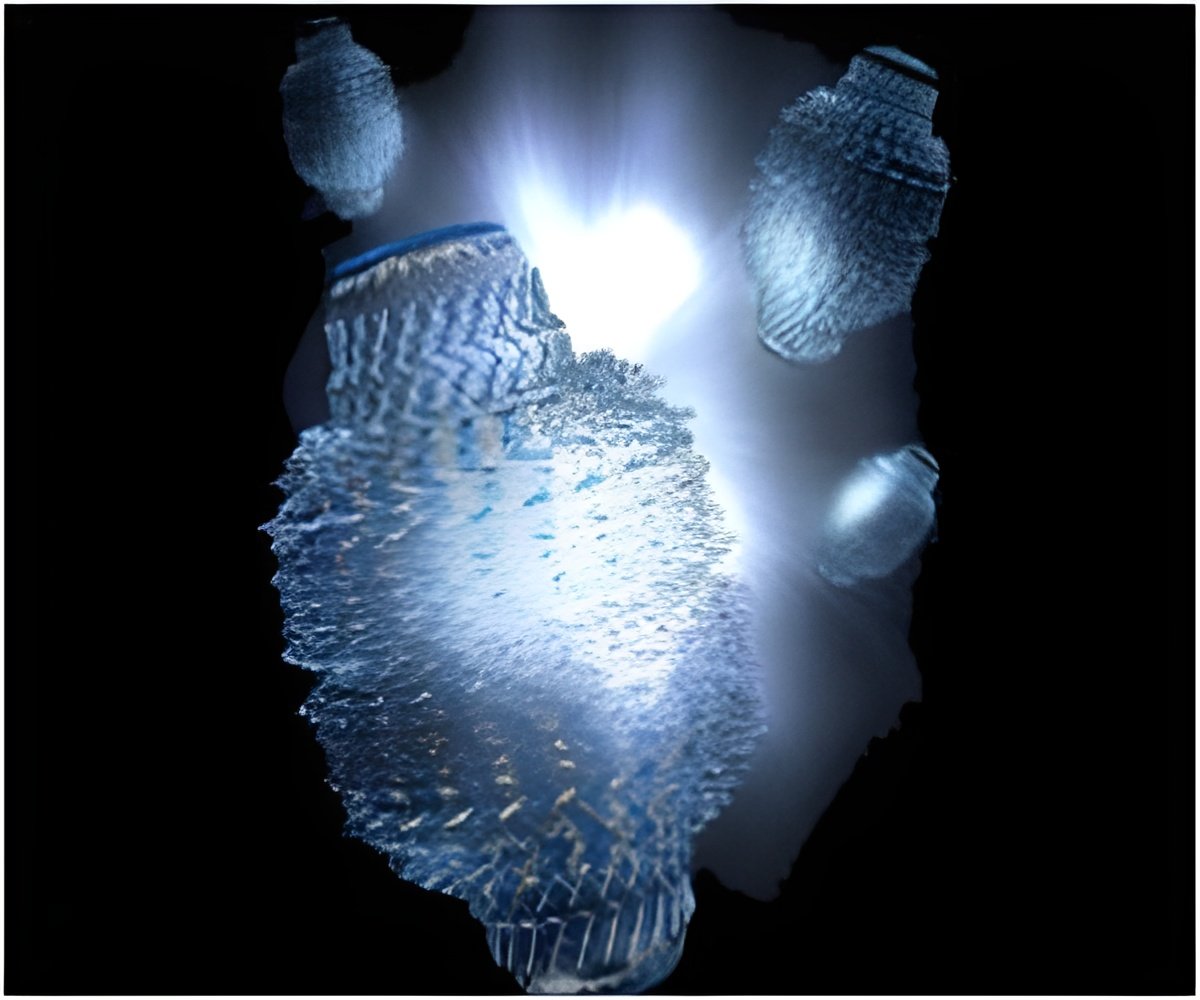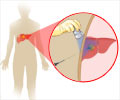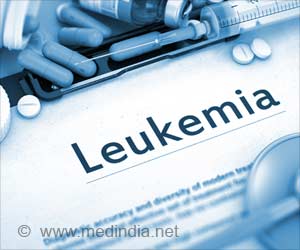Russian chemists have developed a unique nanoparticle which illuminates with an infrared radiation, can help fight cancer and other diseases.

TOP INSIGHT
The nanoparticles that glow in infrared light can be used in the localized delivery of medicines in cancer and other diseases.
In the study, published in the journal Bioconjugate Chemistry, the team tested out their nanoparticles on bacteria whose DNA was modified to glow when molecules came into contact with artificial sugars which were injected into the nanoparticles.
After illuminating these 'nano-grenades' with an infrared laser, the sugars escaped the nanoparticles' membranes, lighting up the bacteria and proving the method's effectiveness.
Importantly, neither the nanoparticles nor their structural collapse affected the viability of the bacteria's cells.
According to Skorb, the ease with which infrared radiation passes through the human body means that the use of such nanoparticles to fight cancerous tumors or various infections will be possible in virtually any part of the body.
To create the nanoparticles, the team experimented with photosensitive nanomaterial technology and a chemical 'switch' method to create the nanoparticles.
Source-IANS
 MEDINDIA
MEDINDIA


![Prostate Specific Antigen [PSA] & Prostate Cancer Diagnosis Prostate Specific Antigen [PSA] & Prostate Cancer Diagnosis](https://images.medindia.net/patientinfo/120_100/prostate-specific-antigen.jpg)

 Email
Email







